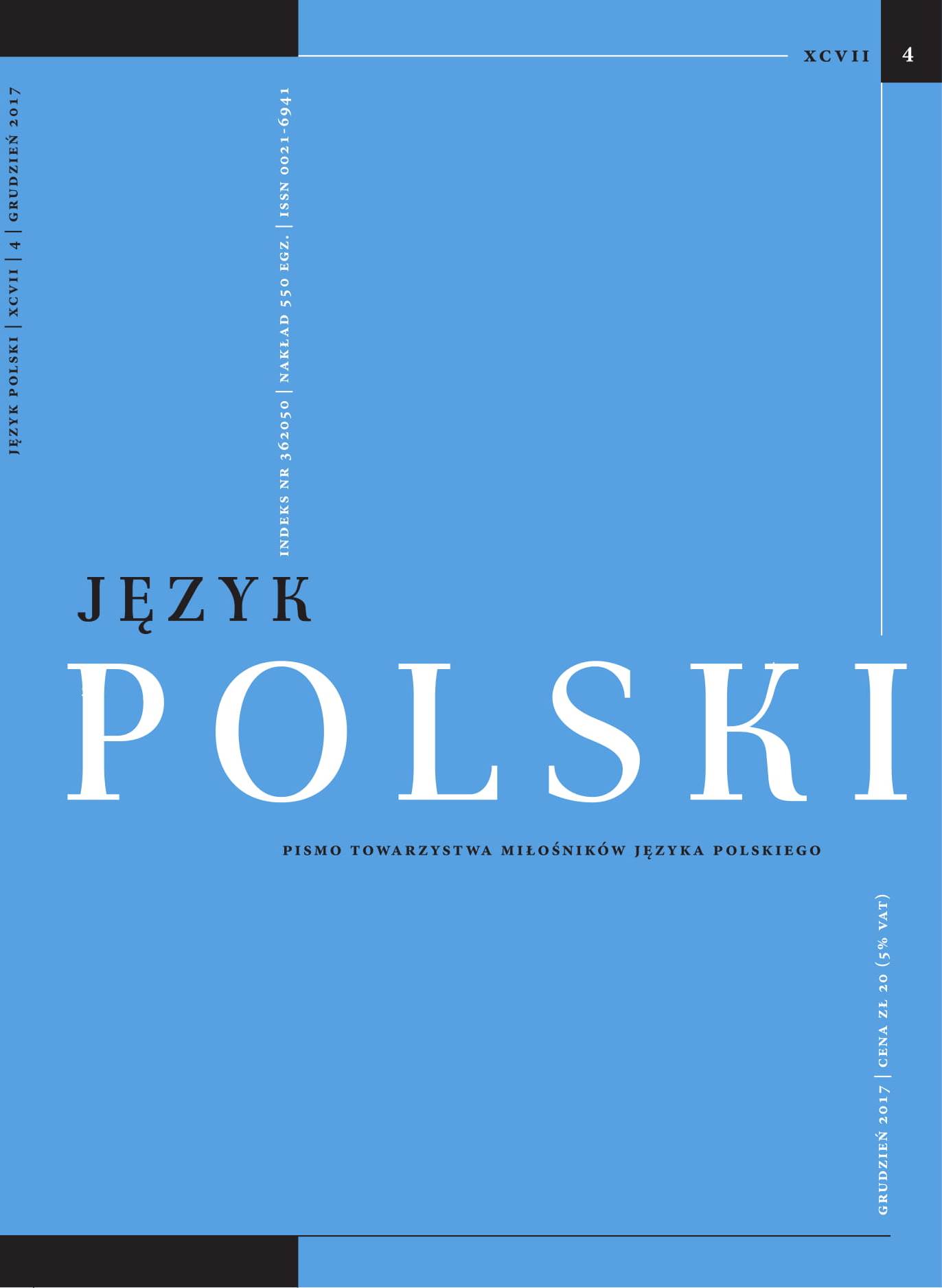Jak łączyć historyczne jednostki języka w klasy funkcjonalne? Problemy z wyodrębnianiem dopowiedzeń w materiale historycznym
How to combine historical language units in functional sets? The problems with isolating the appositions (reactives) in the historical language material
Author(s): Magdalena PastuchSubject(s): Polish Literature
Published by: Towarzystwo Miłośników Języka Polskiego
Keywords: historical language unit; parts of speech; apposition (reactives)
Summary/Abstract: The article presents problems connected with applying the synchronous division into parts of speech to the historical language material. The author assumes that it is impossible to conform all the contemporary findings to the historical analysis. As a consequence, she adopts the term “historical unit of language” which was proposed by Piotr Sobotka. The example of lexical units (which in some synchronous studies fall into a category called ‘appositions’) proves that when taking a historical approach into account the aforementioned units do not fulfil the criteria for parts of speech. The presented arguments refer both to the synchronous division concerning parts of speech (e.g. how to separate an apposition from an interjection) and to practical problems (e.g. the multitude of discontinuous lexical units in the function of apposition). In the conclusion the author suggests not using the term ‘apposition’ as well as treating the distinguished units as a function of specific particle types.
Journal: Język Polski
- Issue Year: 2017
- Issue No: 4
- Page Range: 24-37
- Page Count: 14
- Language: Polish

